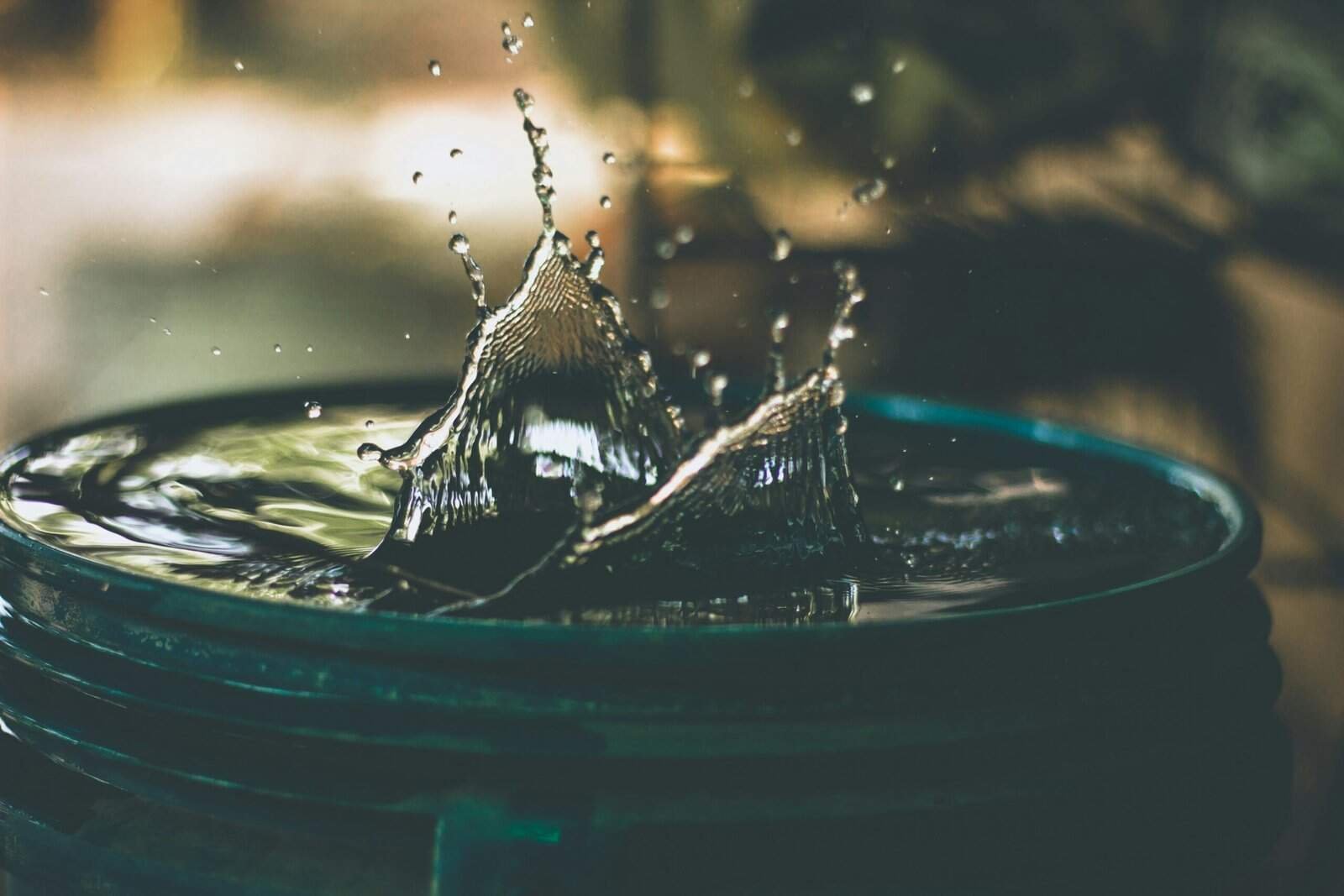Have you ever contemplated the possibility of using well water for your irrigation needs? As water becomes an increasingly precious resource, tapping into your own well may seem like a practical and economical solution. Yet, before making the switch, understanding the nuances and implications is crucial. Let’s journey through the considerations, benefits, and potential challenges of using well water for irrigation, while also exploring how to enhance its quality, particularly when it comes to taste.

Understanding Well Water for Irrigation
Harnessing well water for irrigation can be a smart way to manage your water resources, especially in areas prone to water restrictions. However, it is essential to comprehend the characteristics of well water and how it can affect both your plants and the soil they thrive in.
What is Well Water?
Well water is sourced from aquifers, underground layers of rock saturated with water. Private wells are commonly drilled to reach these sources, providing a renewable supply of water for households and agricultural needs. Unlike municipal water, well water is not treated or processed, which means it retains various minerals and compounds that can influence its use for irrigation.
Benefits of Using Well Water for Irrigation
There are several advantages of opting for well water when it comes to irrigation:
- Cost Efficiency: Once you’ve invested in the initial setup, using well water can significantly reduce monthly water bills.
- Accessibility: Having a personal water source can offer convenience, especially in remote locations or during droughts.
- Environmental Impact: Utilizing well water can decrease reliance on city water supplies, potentially easing the strain on municipal resources.
Challenges and Considerations
While well water offers several benefits, it also comes with its own set of challenges:
- Mineral Content: Well water often contains varying levels of minerals like calcium, magnesium, and iron, which could build up in the soil, affecting plant growth.
- Water Quality: Elements such as nitrates and bacteria can occur naturally in well water. Regular testing is essential to ensure that the water is safe for both plants and humans.
- Infrastructure and Maintenance: Wells require maintenance to ensure they remain a viable water source, from the well pump to the filtration systems needed for specific water quality issues.
Assessing Well Water Quality
Understanding the quality of your well water is crucial before using it for irrigation. Regular water testing can help identify potential contaminants and determine the necessary treatment methods.
Water Testing for Wells
Testing well water should be carried out annually, or even more frequently if you notice changes in taste, odor, or appearance. Essential parameters to test for include:
- pH Level: Measures acidity or alkalinity; most plants prefer neutral to slightly acidic water.
- Hardness: Indicates the concentration of calcium and magnesium. High levels can lead to soil calcification.
- Iron and Manganese: These metals can stain foliage and infrastructure while affecting plant health.
- Microbial Contaminants: Tests for bacteria such as coliforms, which indicate possible contamination.
Potential Water Treatment Solutions
Once you identify issues with your well water, several treatment options are available:
- Water Softening: Use ion exchange systems to reduce hardness, preventing scale buildup on both plants and irrigation equipment.
- Filtration Systems: Utilize sediment filters, activated carbon, or reverse osmosis to remove impurities like heavy metals and microorganisms.
- Chemical Treatment: Chlorination can sanitize water, especially if pathogenic bacteria are present.
Using Well Water Responsibly in Irrigation
Successfully using well water for irrigation involves more than just pumping water onto your garden or fields. It requires strategic planning and care to maximize benefits and minimize negative impacts.
Optimizing Irrigation Systems
Select appropriate irrigation systems that complement well water use:
- Drip Irrigation: Provides water directly to plant roots, reducing waste and limiting exposure to mineral-rich water that might affect plant leaves.
- Sprinkler Systems: Ensure nozzles are suited for heavier water with minerals to avoid clogging and limit water usage to essential volumes.
- Schedule Adjustments: Watering early in the morning or late in the afternoon reduces evaporation, maximizing the effectiveness of each watering session.
Monitoring Plant Response
Keep a watchful eye on how your plants react to well water:
- Leaf Spotting and Discoloration: Could suggest mineral buildup or water-related stresses, encouraging adjustments in treatment or application.
- Soil Testing: Regular soil analysis can help manage salinity and fertility, ensuring healthy plant development.
Improving the Taste of Your Well Water
Besides its use for irrigation, you may also desire well water for household consumption. However, the taste may not always be pleasing due to varying mineral content or impurities. Addressing taste issues can make well water a fine choice for drinking and cooking.
Common Taste Issues
Well water can sometimes have a metallic, sulfuric, or earthy taste, largely due to the presence of iron, sulfur compounds, or organic materials.
Enhancing the Taste
Several strategies can improve well water’s taste:
- Activated Carbon Filters: Effective in removing organic compounds and chlorine which bears a taste or odor.
- Reverse Osmosis: A comprehensive solution filtering out minerals contributing to metallic tastes.
- Aeration Systems: Introduce air into the water to eliminate dissolved gasses that may cause off-putting smells or tastes.
Regular Maintenance
Effective taste improvement requires routine maintenance:
- Filter Replacement: Regularly change filters as per manufacturer guidelines to ensure optimal taste and safety.
- System Checkups: Regularly inspect treatment systems for performance efficiency, preventing any lapse in water quality.

Understanding Local Regulations
Before fully transitioning to well water for irrigation, consider local regulations that may dictate water usage, rights, and well operation standards. Compliance can avoid legal implications and ensure sustainable use.
Permits and Usage Rights
Understand the permitting process if local law mandates it, including:
- Water Rights: Some areas may regulate the amount of water you can withdraw based on your specific land plot.
- Environmental Protections: Ensure the extraction and use of well water don’t jeopardize local ecosystems or community supplies.
Collaborating with Experts
Consult with local water experts, agricultural agents, or environmental consultants to ensure your plans align with sustainable practices and legal frameworks.

Final Thoughts
Utilizing well water for your irrigation needs can be an environmentally friendly and cost-effective choice. However, careful consideration of water quality, plant response, and local regulations is paramount to achieving sustainable success. By understanding the intricacies and implementing appropriate treatments or adjustments, you can ensure both your garden’s and community’s needs are met efficiently and safely. As an added bonus, enhancing the quality and taste of your well water can also make it a viable source for personal and household use. Embrace this exploration into natural resources with responsibility, ensuring your practices are beneficial today and for future generations.


